Codesign for the Sustainable Development Goals (SDGs)
How does Codesign relate to the Sustainable Development Goals? My talk for MIG2024 explored Codesign, Complexity and the SDGs.

There's a buzz that I feel when I stand in front of a room of students who are exploring how they can use their skills and energy to make the world a better place. So last week, as I stood in front of 360 Monash Uni students involved in MIG2024, I must admit I felt a little nervous, but also excited by the opportunity to help shape their understanding of shifts we need to make to tackle some of the grand challenges of our time.
The indomitable Dr Susie Ho and her team asked me to help introduce the SDGs and connect them to Codesign which the students learn about in MIG. What follows is a rough outline of my talk - I figured it might be worth sharing for others too.
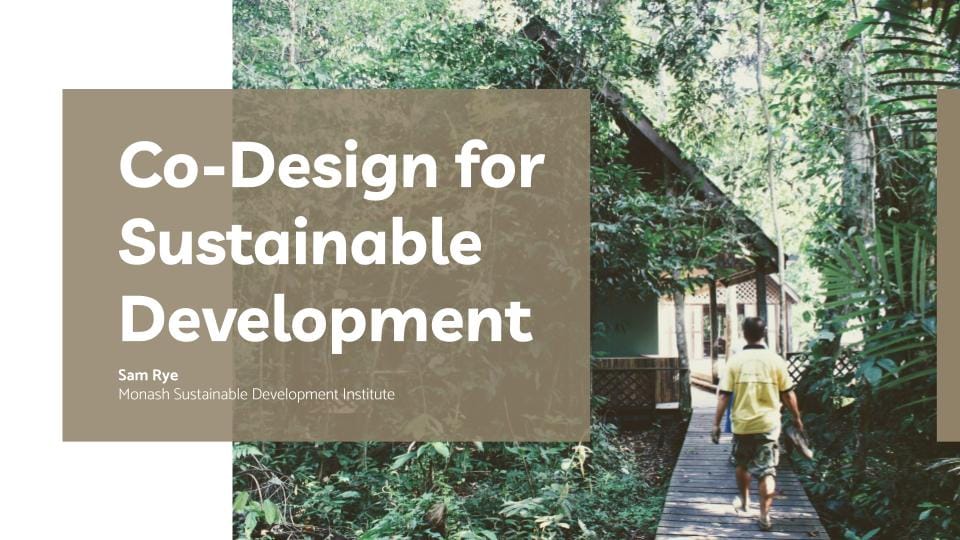
I’ve been with Monash for 18 months, but in previous work roles I’ve had the privilege of working in London Design Agencies, doing Sustainable Development working the jungles of Borneo, co-led a social innovation lab on youth mental health in Aotearoa NZ, and led Communications for Australia’s largest environmental volunteering organisation.
My Masters focused on codesign for regeneration of our natural world.
Today we’ll be talking about the SDGs, wicked problems and complex challenges, and link them to co-design, and we will also use some of our time to run through a Codesign 101 activity.
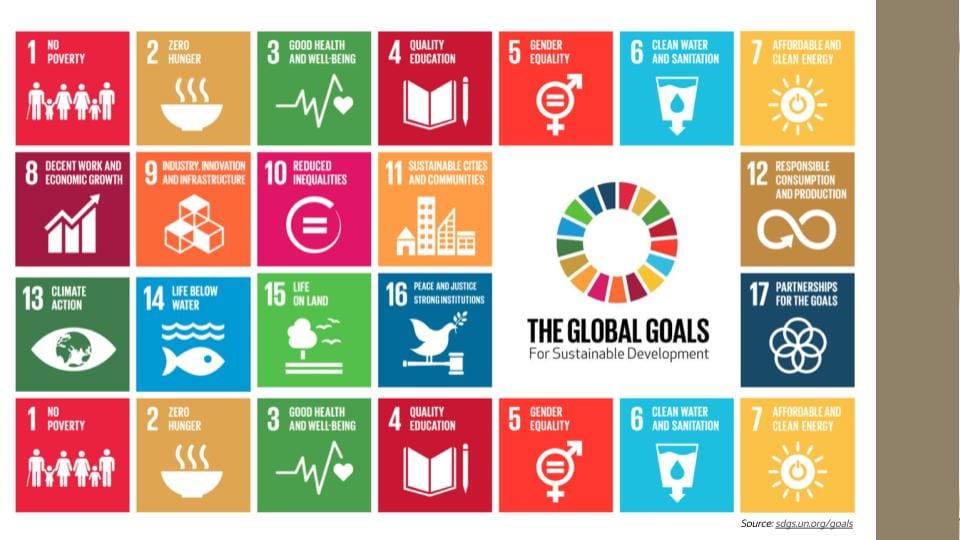
What are the Sustainable Development Goals?
Some of you will have heard about the Sustainable Development Goals or SDGs - referenced in the media, as a block of colourful logos on websites, perhaps referenced in Corporate brochures or even through the United Nations at the likes of COP28.
At their most simple, we can think of the SDGs as a set of goals which lay out what people everywhere need, not just to survive but to thrive.
The UN say "The SDGs are a shared blueprint for peace and prosperity for people and the planet, now and into the future."
At their heart, the SDG’s are an approach to collective action, on massive global challenges like poverty, climate change, land degradation, biodiversity loss… the kinds of challenges which can’t be solved by any one organisation, government or nation. We know that to tackle these challenges, we need partnerships.
Now, this isn't easy. We know that we're behind on SDG progress, and that globally we're having challenges working at this scale of collective action. I sometimes think back to something that happened when I was a kid, which gives me hope.
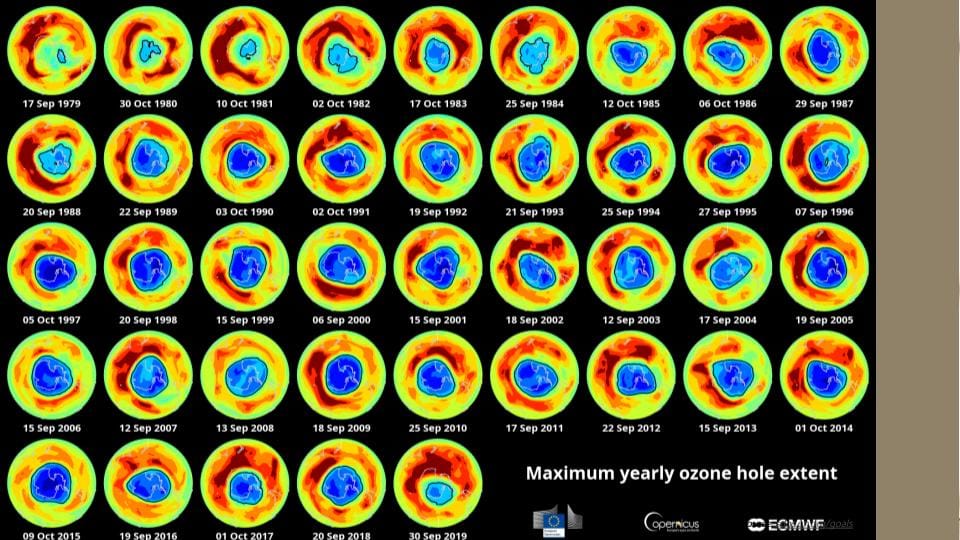
It may be one of the first successful international responses to a global environmental threat—depletion of the ozone layer. Bans of aerosol spray cans in the 1970s proved inadequate, and another ozone hole was discovered over the antarctic in the 1980s. The global community came together to limit, and ultimately eliminate, production of CFCs and other ozone-depleting substances. It was a collective response to a global challenge, and it was successful. Our planet has gone some way to healing itself and closing the hole. Projections are saying full healing by 2060.
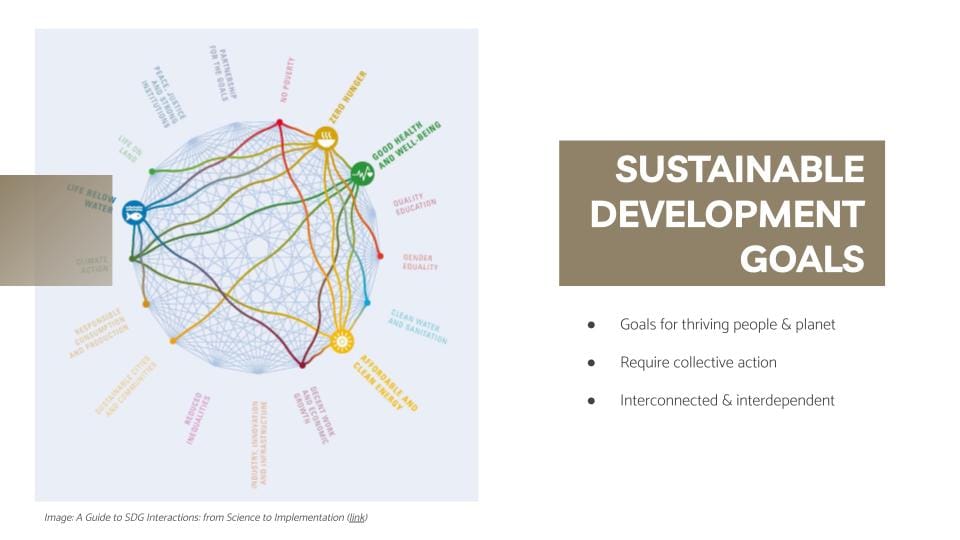
Back to the SDGs. So the SDGs are essentially laying out a smorgasbord of inter-connected goals that need to be achieved, globally, for people to thrive and for us to look after the planet. The fact that they’re interconnected is part of what I want to draw your attention to, because we’ve traditionally been taught that to tackle a challenge, we break it down into separate parts, and tackle them individually.
What the SDGs are saying is that these challenges are interdependent.
We can’t treat how we produce food as a separate thing from looking after nature. We can’t treat ending inequality as something separate from making how we get around our cities sustainable.
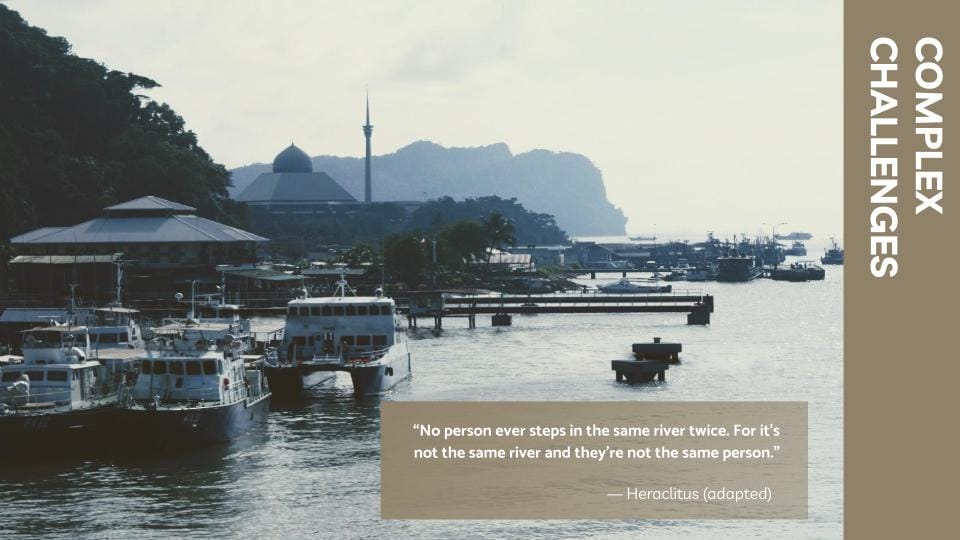
So these are interconnected, complex challenges - they are dynamic - prone to shifting and changing over time. That makes them harder to work on, because what works in one area might not work in another, and the same solution might have different results a year later because the context has changed. It also means that working on one, can affect another.
In turn, this makes planning much harder, which around the world is our general response to big challenges - write a 5 year plan, mobilise resources, and implement the plan. But then the world changes. People don't do what we expect. Nature throws us a curveball. Plans largely rely on prediction. Analysis. This is a problem the longer the horizon we plan for, the more dynamic the context.
So we need to change how we approach complex challenges - we need to experiment, learn and adapt to complement that planning mode, and course correct with real time information.
Covid-19 highlighted this too - in the early days, every day, every week brought something new - a new learning, a different restriction, different case levels, and together, we had to adapt and respond on the fly. We (including the Government) had to accept that we didn't really have control, and we needed to adapt and learn.
So, if we use this logic as we think about the Sustainable Development Goals, we know that we can’t treat them as isolated problems, and that we need to be attuned to what is happening in the local contexts - engaged with people and organisations who live and work in those places, and I would argue - support them to participate in shaping the solutions.
Why support people to participate in shaping the solutions? Simply put, people don’t often use products and services that don’t work for them, and they will actively resist and reject policies and government programs which don’t serve their needs. For the SDGs to be feasible - it can’t be a top down, command-and-control approach, they have to be hand-in-hand, shoulder-to-shoulder partnerships between people, communities, businesses, governments, nonprofits and other organisations and networks.
Participation is crucial to shaping a world people want and need. We know that changing power dynamics is crucial because the world is messy and political. We know that learning and adapting as we go is also vital.
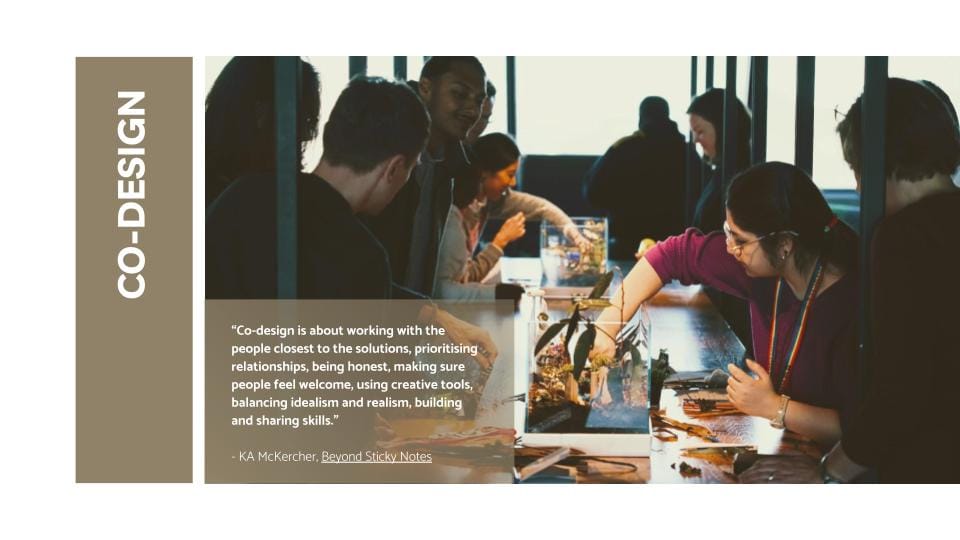
Participation, Power and Learning is the domain of co-design.
Co-design at it’s simplest is about Designing With, not For. It extends the ideas of Human Centered Design and acknowledges all humans are good at solving problems, not just designers. (The varied roles of Design practitioners is a discussion for another day)
Co-design is about working with the people closest to the solutions, prioritising relationships, balancing idealism and realism, building and sharing skills, and using creative methods to surface ideas and test them out.
- adapted from KA McKercher, Beyond Sticky Notes

Whilst we often talk about Codesign being developed in Scandinavia, we might recognise the principles of codesign in cultures and practices all over the world - working together and making things collaboratively as a way of expressing how things could be different and better.
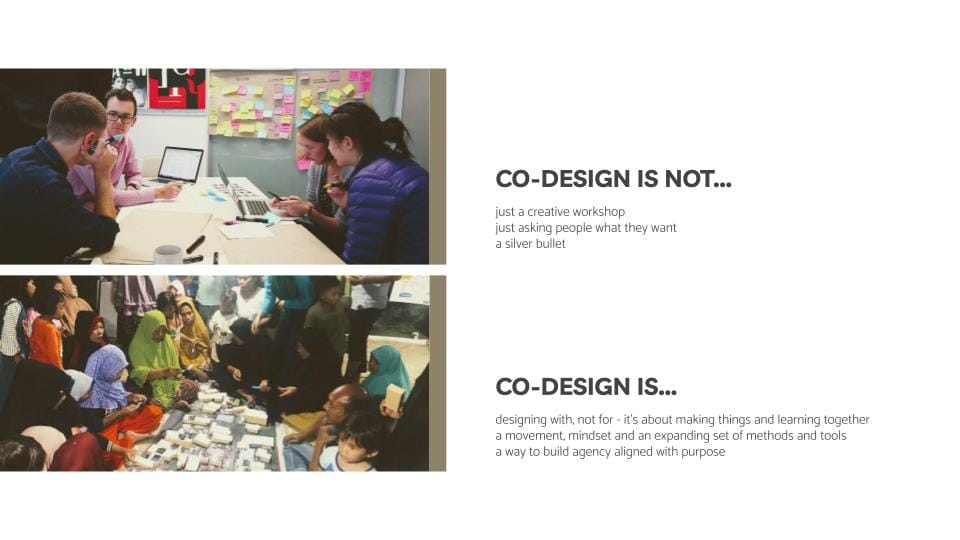
Codesign is not…
- a workshop
- It’s not just asking people what they want
- It’s not a silver bullet
Co-design is…
- designing with, not for. It’s about making things and learning together
- a movement, mindset and an expanding set of methods and tools
- a way to build agency and align it with purpose
So where does co-design happen? More and more co-design is recognised as a mainstream approach to integrating lived experience, academic research, domain expertise and collectively shape products, services, systems, policy, built environments, technology experiences and more.
Co-design is being used in Government, Nonprofits, Design Agencies, Living Labs, Research Programs, and many other places too.
So, some examples of Codesign and how it's being used around the world?
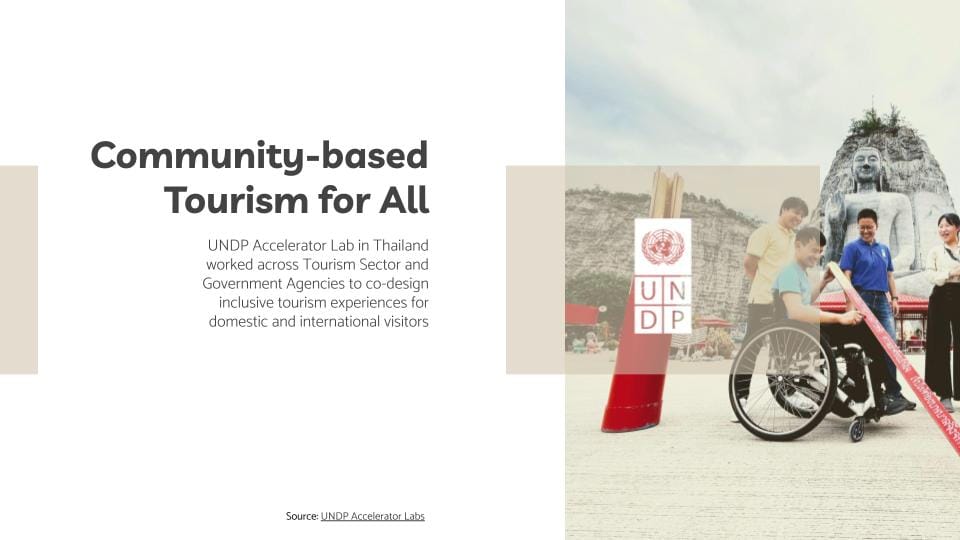
UNDP Accelerator Lab in Thailand - Community-Based Tourism for All
Partnership between tourism operators, government and people with lived experience of accessibility challenges to design inclusive tourism experiences.
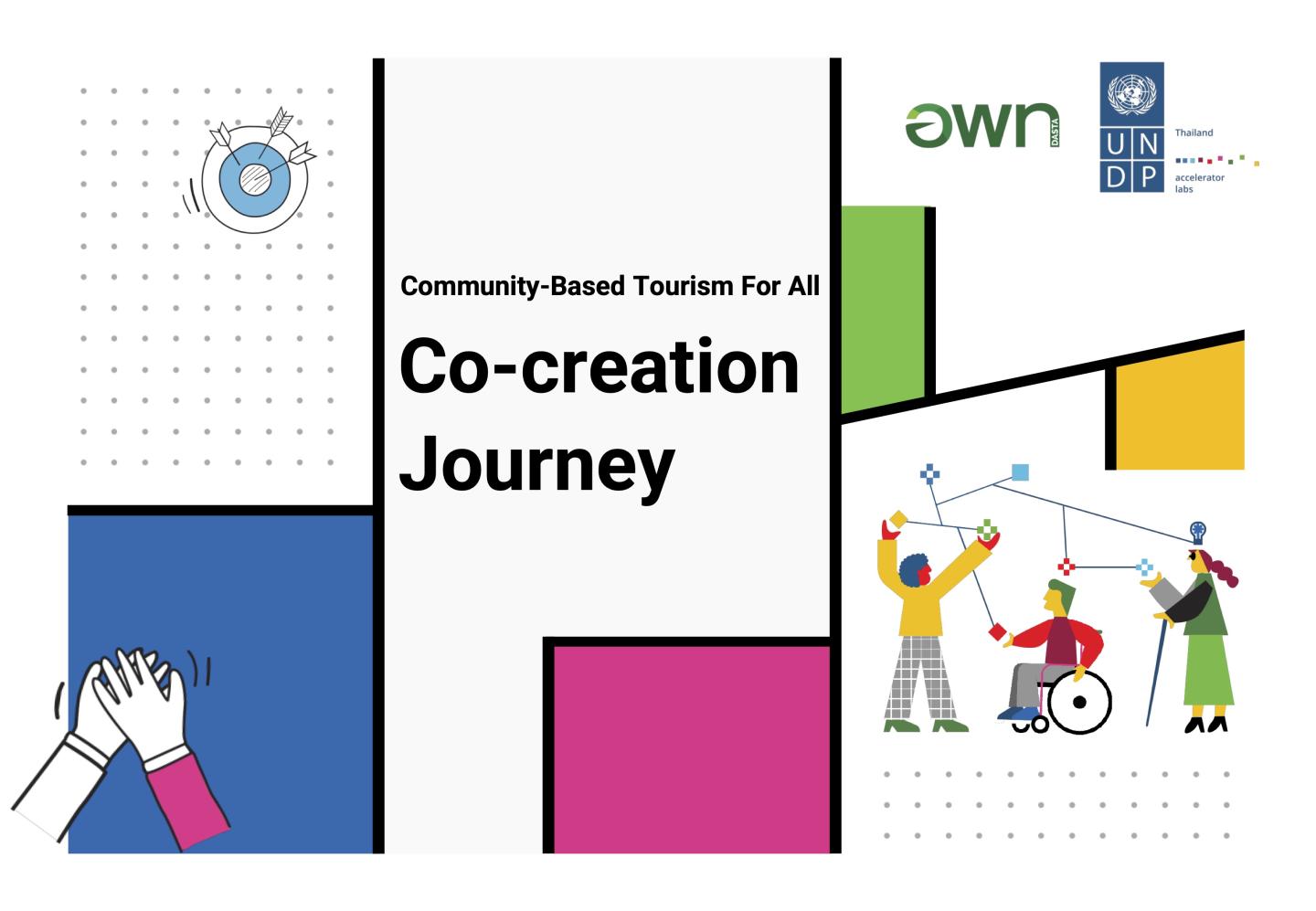
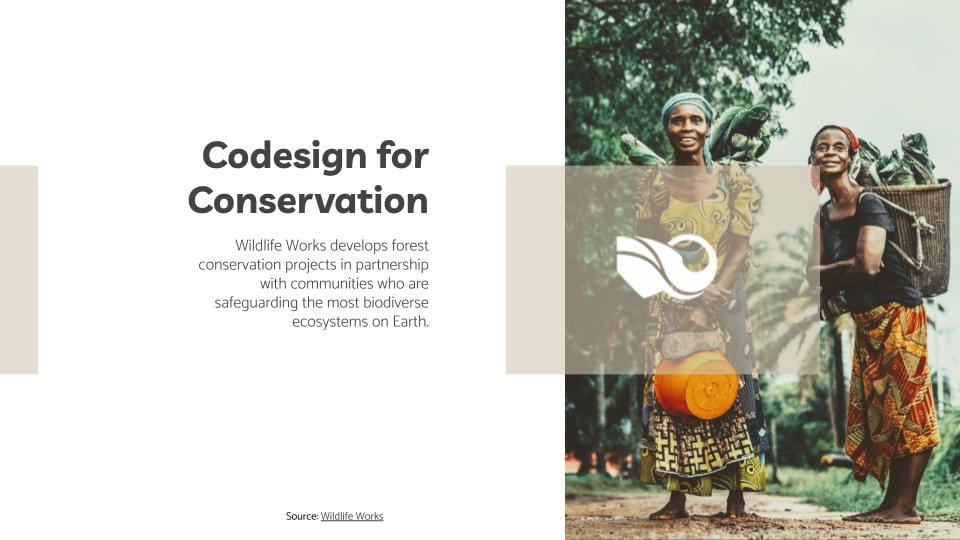
Wildlife Works (Africa)
Community-led co-design for wildlife conservation, a partnership between the Parks service, local indigenous communities, and private sector to create sustainable solutions to manage ecosystems.

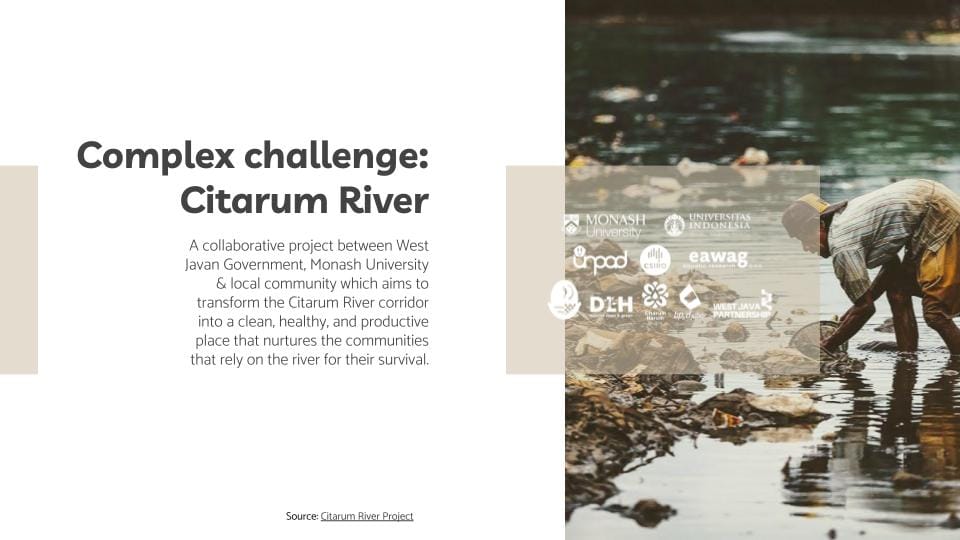
The Citarum River Transformation Project
Is what happens when you bring together government, universities, NGO’s, and local communities to tackle the world’s most polluted river system, and reimagine it’s future.
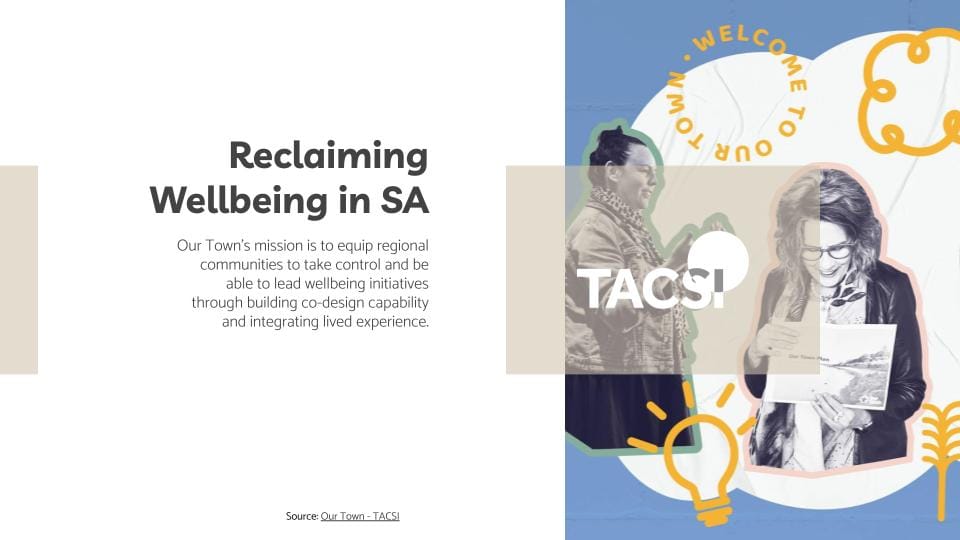
Our Town - South Australia
Our Town is a project here in South Australia which aims to empower regional communities to develop their own wellbeing initiatives, and is led by The Australian Centre for Social Innovation (TACSI) - who I spent a little time working with too.

Codesign Activity
We then had 360 students exploring a codesign 101 activity (redesigning a commute) to help them get a feel for how it feels to hold space for someone else to explore the challenge, reflect what they hear, and support them to redesign.
Students reflected on what was hard, how using creative methods surfaced different thoughts and emotions, and about the skills needed to do this well. I was delighted by how they took to the session, and I hope an essence of participatory culture remains with them in their lives and work ahead.
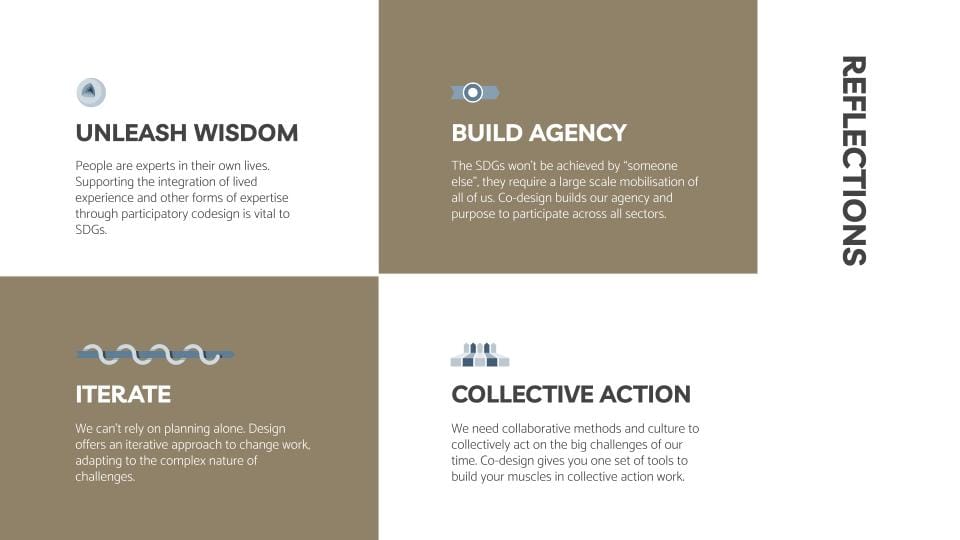
- Unleash Wisdom - engaging all types of expertise, including lived experience, is vital to developing sticky solutions.
- Build Agency - there’s a role for everyone - codesign can help to align purpose and agency to build a movement.
- Iterate - we need to keep learning and adapting.
- Collective Action - collaborative partnerships are a super power to achieve the SDGs, so building your codesign muscles can unlock this power, whatever discipline you’re studying.
While co-design can be powerful, even the best tools aren’t suitable for every task. And, as Ani Difranco said: “every tool is a weapon if you hold it right”. Use this responsibility wisely.
Learn more about MIG here:








